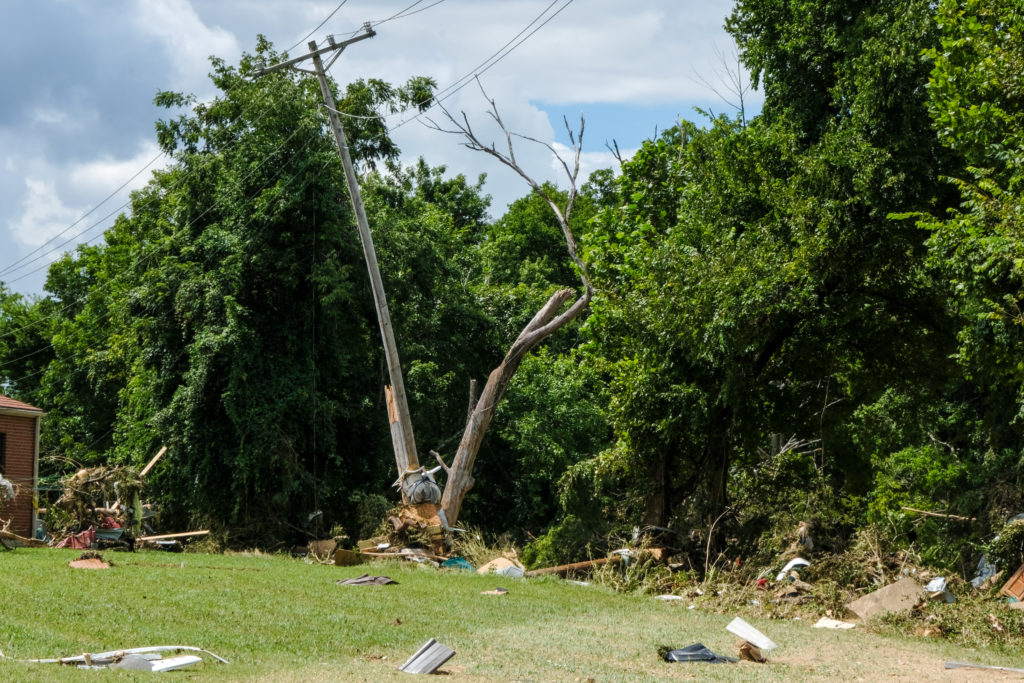
Flood dangers are complex. After people feel relief when the waters recede, they face additional safety hazards.
In the town of Waverly, there have been unstable debris, live electrical wires, fast-growing mold and heightened risks for disease spread.
Floodwaters can become contaminated by human, animal, medical and industrial waste, and they can compromise drinking water and sewage disposal systems. Broken water lines and boil water advisories continue in Humphreys County.
The storm also knocked down power lines. Meriwether Lewis Electric Cooperative tended to power outages while dealing with its own flooded offices and lost vehicles. About 10,000 of its 35,000 customers lost power on Saturday, and about 100 customers with intact homes were still without power as of Wednesday morning.
“We’re getting power to people that can get power back,” said CEO Keith Carnahan, who estimated that as many as 500 homes were currently too damaged to have power restored.
Humphreys County officials are offering vaccines against hepatitis A, as there has been an ongoing outbreak in the region. They’re also offering tetanus shots for anyone who had scrapes or other skin injuries and was exposed to the floodwaters.
COVID-19 also remains a risk, and mask use has not been required, or even encouraged, at some of the churches offering shelter.
On top of all the physical harms, people will have to contend with long-term mental health impacts, says Dr. Natalie Sampson, a public health professor at the University of Michigan who has researched environmental health risks related to flooding in Detroit.
“What often gets overlooked is the psychological impact. In this instance, it’s an extreme event. … The cameras are there, the media is there, but cameras go away,” Sampson said. “Everyone else moves on, and communities are still experiencing this.”
Carnahan, a longtime area resident, said it was difficult for locals to manage this mess.
“The loss of life … it’s tough to work in and walk through it,” he said.

